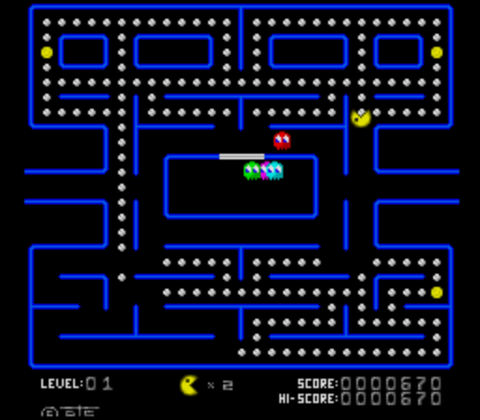
One of these techniques, collision, is the fundamental action of one game object running into another. In my new book, “ How Pac-Man Eats ,” I explain the design innovation that made Pac-Man possible - and so impactful - and explore how game developers still apply that approach to the fundamental techniques of games today, broadening the ideas that they can express. Unlike film’s metalanguage, which we’ve been discussing for a century, we are just starting to understand the fundamental techniques of video games. But unlike film’s metalanguage, which we’ve been discussing for a century, we are just starting to understand the fundamentals of video games - how their operations create meaning and shape our playing experiences. Just like film has a set of fundamental techniques - angles, cuts, pans, and zooms - there are fundamental techniques of video games. So what explains the enduring appeal of Pac-Man? In October, Pac-Man creators Bandai Namco released Pac-Man Geo, an app that turns real city streets into Pac-Man mazes earlier this month, British developers Steamforged Games released Pac-Man: The Card Game, a family tabletop game. This week, 40 years after Pac-Man’s launch, Google’s Stadia service will release Pac-Man Mega Tunnel Battle, yet another addition to the franchise. Clearly, Pac-Man’s appeal goes beyond games.Īnd yet the games themselves - there have been over 200 releases to date - continue to find a receptive audience.


In the decades since its release, the game inspired a Martin Amis novel and a fashion collection, not to mention a slew of merchandise, from novelty boxer shorts to a commemorative alcohol from Matsunami Sake Brewery. Noah Wardrip-Fruin is the author of “ How Pac-Man Eats.”


 0 kommentar(er)
0 kommentar(er)
